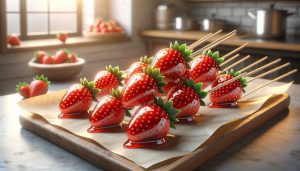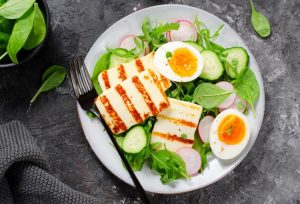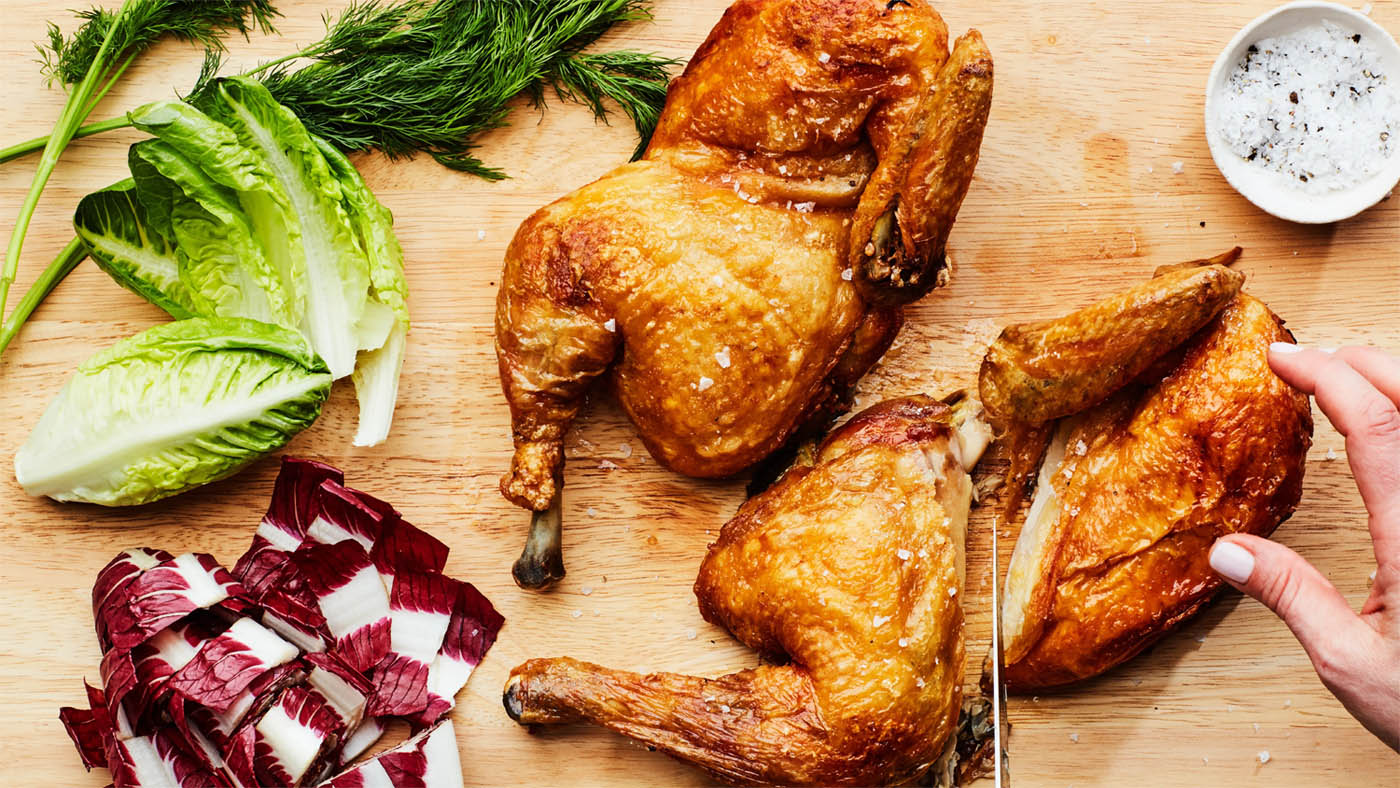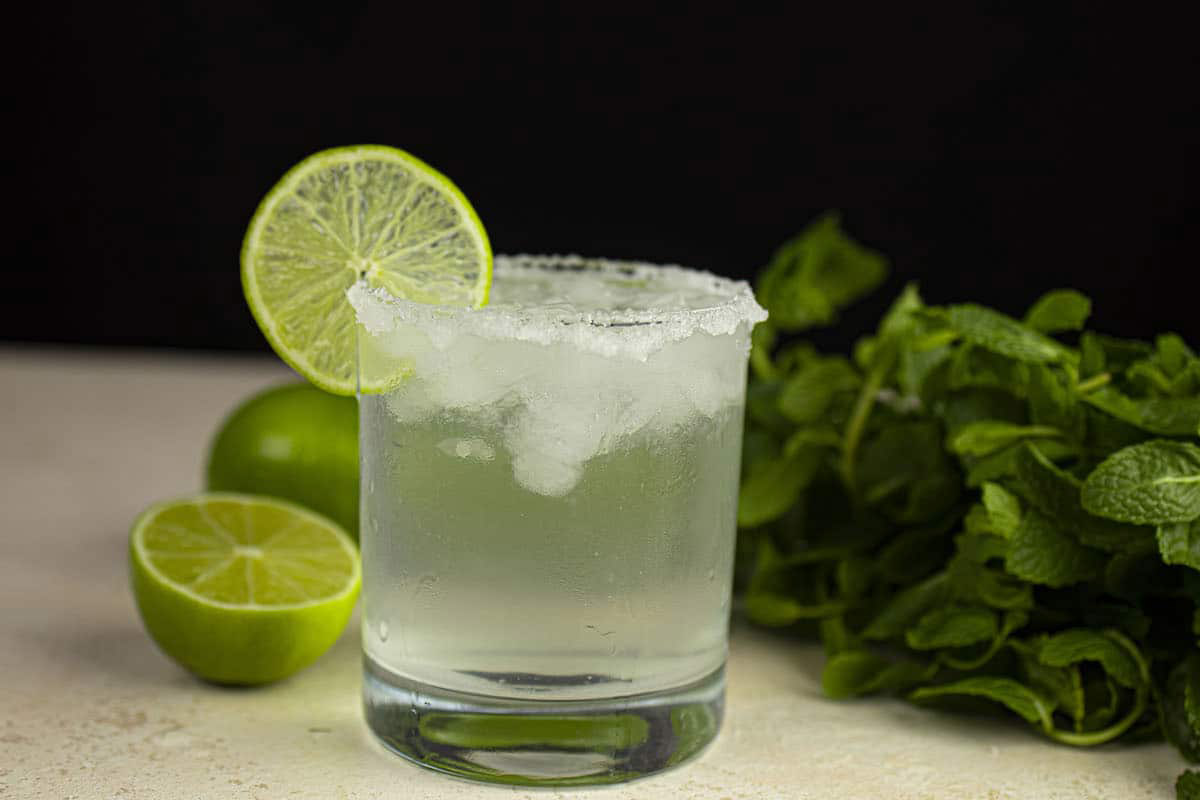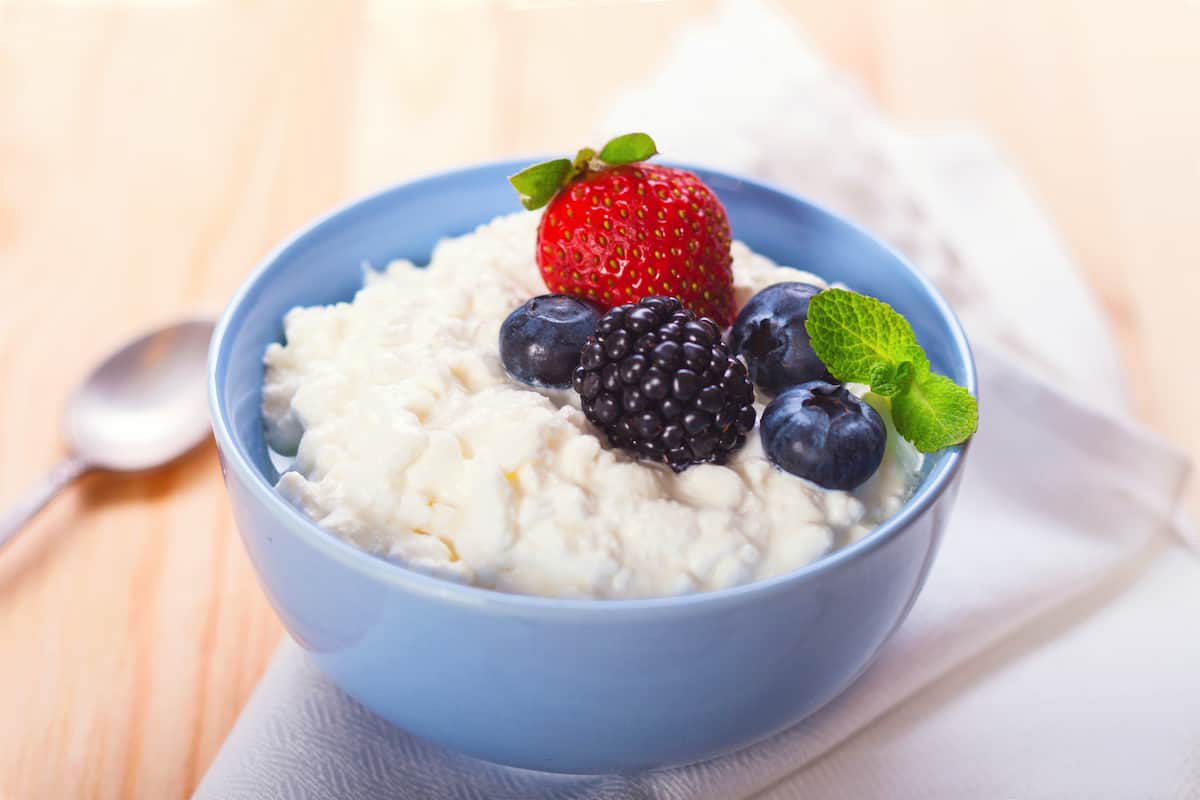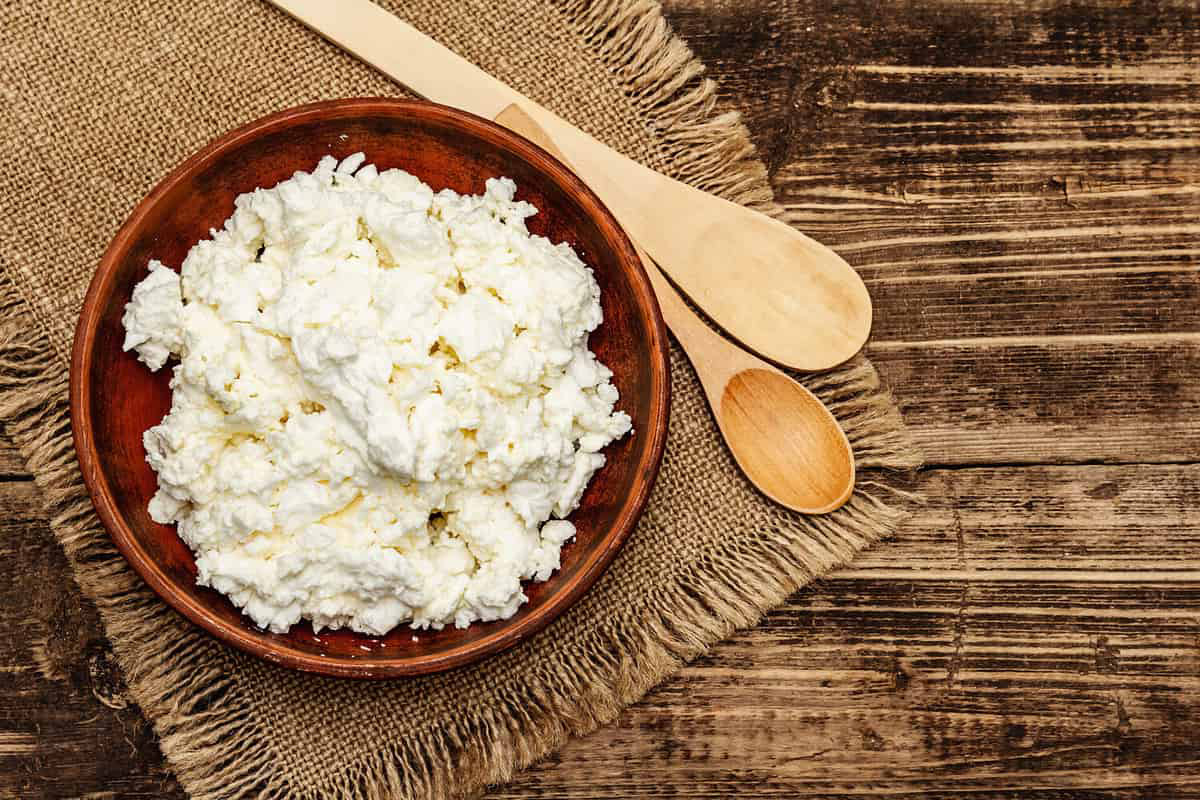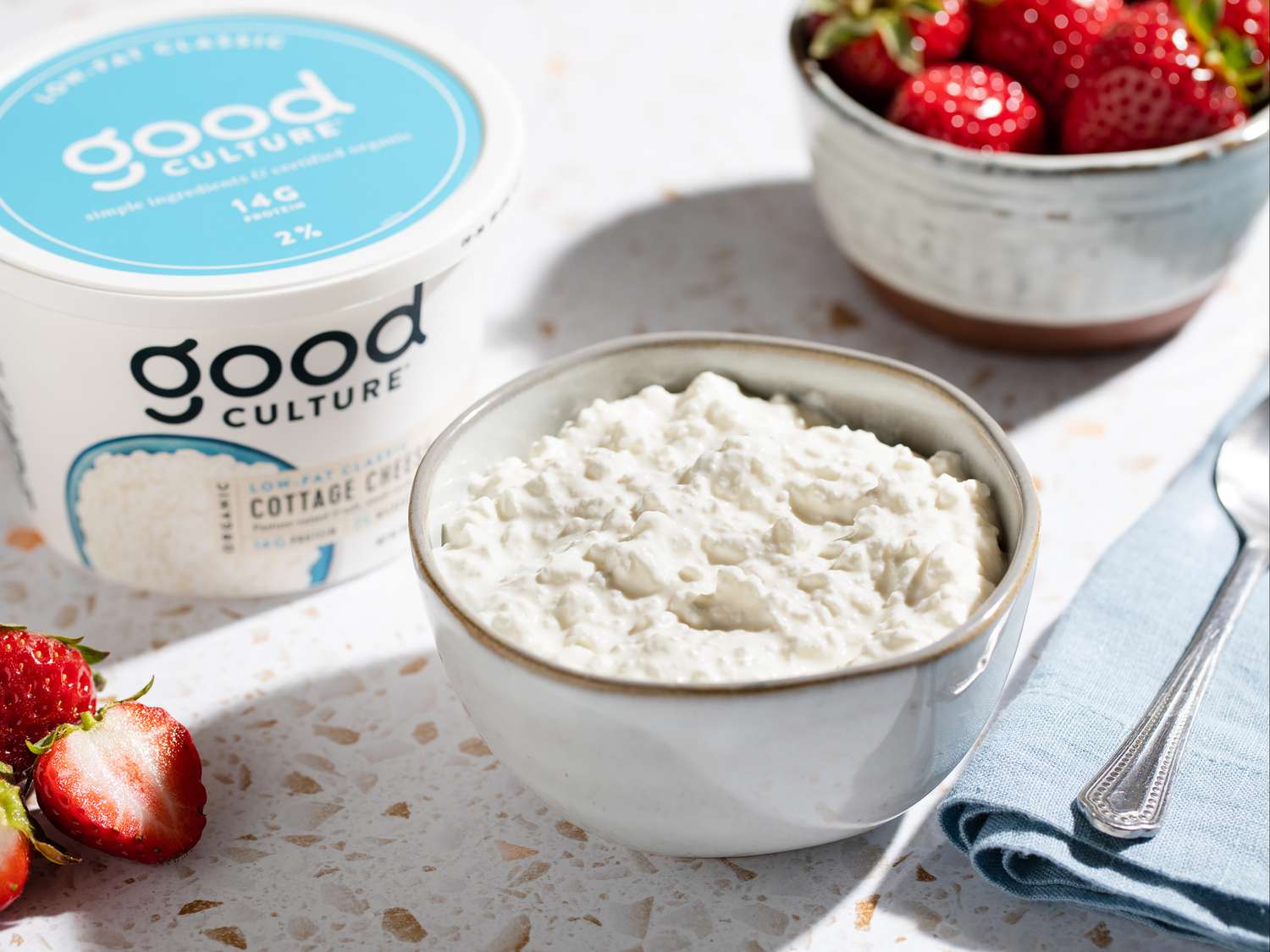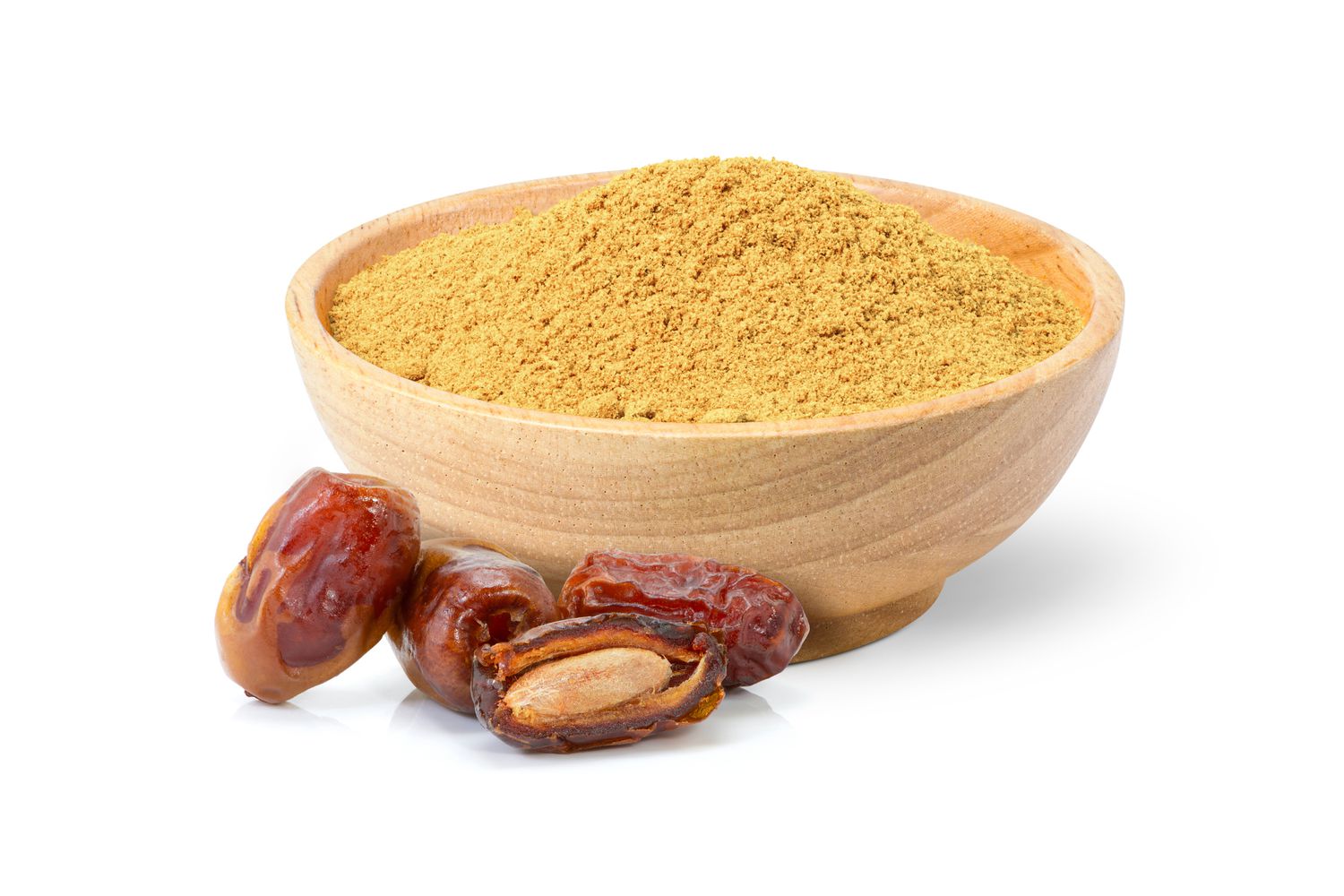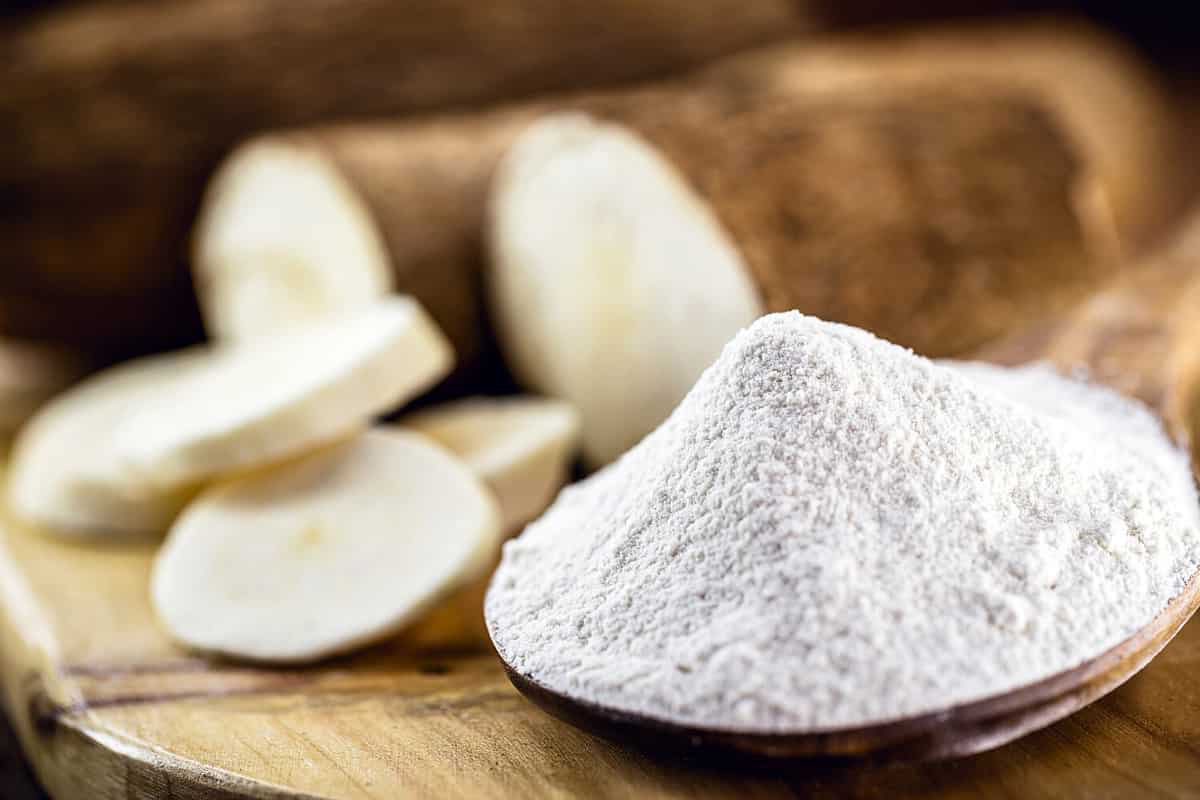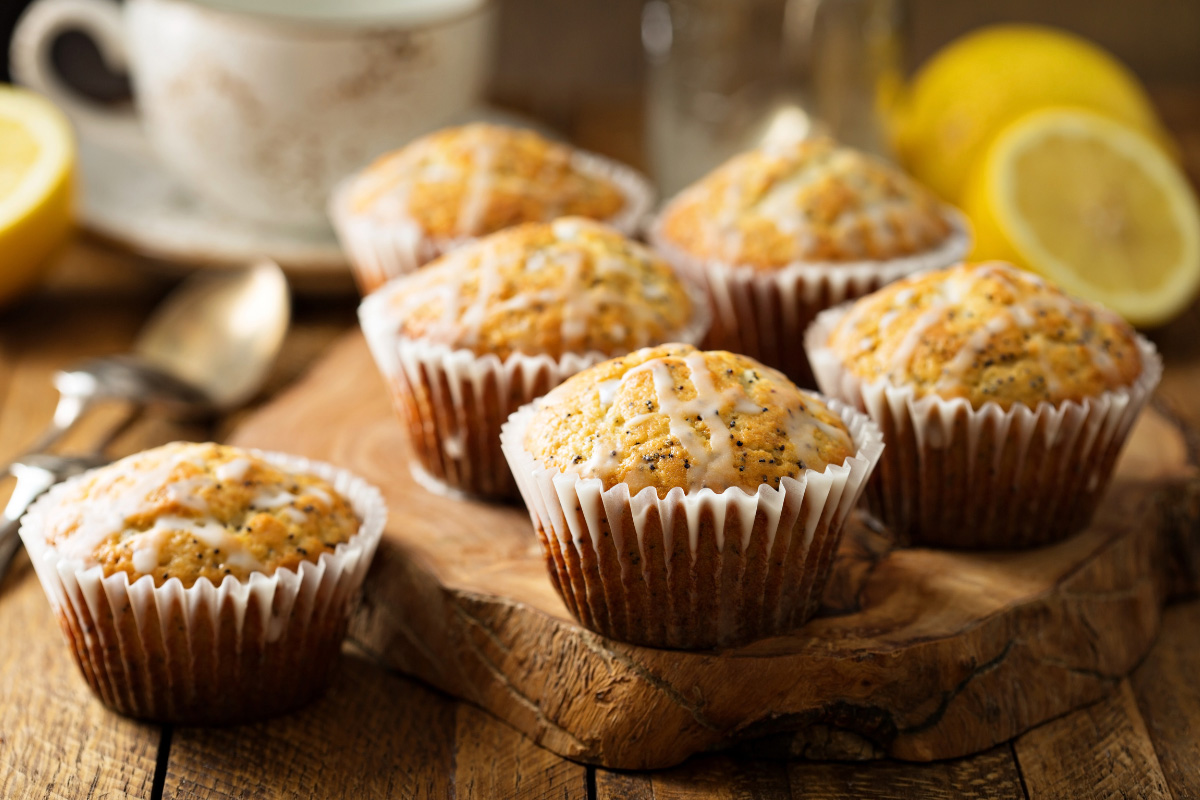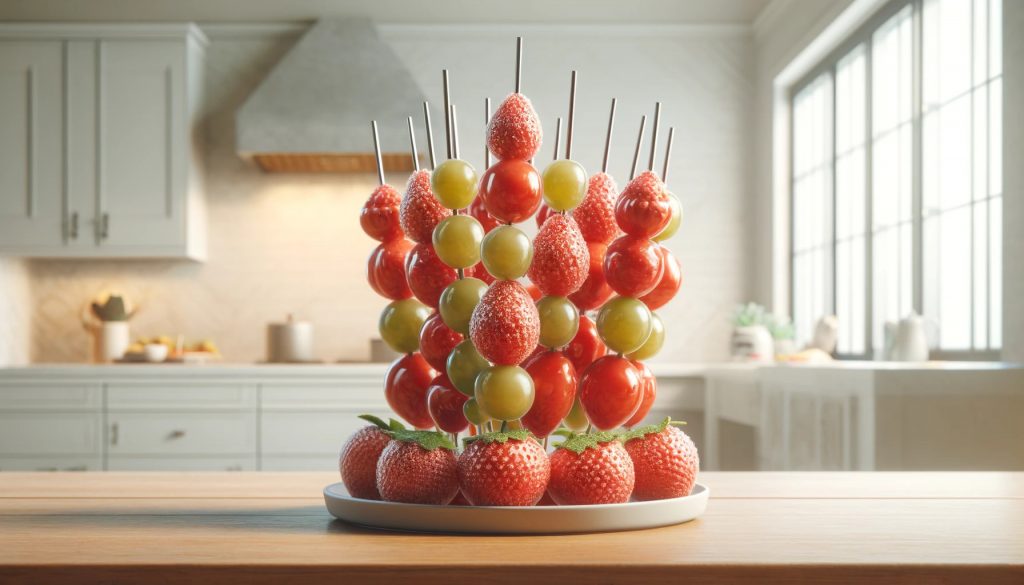
Tanghulu, also known as candied fruit skewers, is a cherished part of Chinese cuisine, often found adorning the bustling street food scenes across China. This traditional Chinese candy consists of various fruits coated in a hard sugar shell, threaded onto bamboo skewers. The origins of tanghulu date back centuries, reflecting its cultural significance not only as a delightful treat but also as a representation of festive joy and nostalgia in Chinese communities. Each skewer offers a delightful contrast between the sweet, crunchy coating and the juicy, fresh fruit inside, making tanghulu a unique and beloved snack. Its preparation and enjoyment continue to be a vibrant and enduring part of Chinese culinary traditions.
Ingredients Needed
Creating tanghulu requires a few essential ingredients. This section outlines the best fruits and other components necessary to make this delightful treat.
- Fruits: Hawthorn berries are traditional in tanghulu, offering a perfect balance of tartness and sweetness when coated with a glossy sugar shell. Strawberries and grapes are excellent alternatives, providing a juicy burst of flavor. These fruits are popular choices due to their firm texture, which holds up well during the candying process.
- Sugar: Granulated white sugar is key for creating the hard candy coating. The sugar crystallizes around the fruit, forming a shiny, crisp exterior that is both sweet and slightly brittle.
- Water: Just a small amount of water is needed to dissolve the sugar. This mixture will be heated to form a syrup that will crystallize into the hard candy shell enveloping the fruit.
- Bamboo skewers: These are used to pierce and hold the fruits. Bamboo skewers are sturdy enough to support the weight of the sugar-coated fruits and long enough to handle safely during the cooking process.
Each ingredient plays a pivotal role in the success of tanghulu, ensuring each bite is a perfect blend of crunchy, sweet, and fruity flavors.
Tools Required
To make tanghulu successfully, you will need specific kitchen tools designed for candy making. Here’s a list of essential equipment:
- Saucepan: A high-quality, heavy-bottomed saucepan is vital for evenly heating the sugar mixture without burning it.
- Cooking Thermometer: An accurate cooking thermometer is indispensable for monitoring the sugar syrup’s temperature, ensuring it reaches the hard-crack stage precisely.
- Silicone Brush: A silicone brush is essential for brushing down any sugar crystals that form on the side of the pan, promoting a smooth syrup.
- Tray: Equip yourself with a tray lined with parchment paper or a non-stick silicone mat to set the coated fruit on, allowing the tanghulu to cool and solidify in an ideal shape.
Preparation Steps
- Wash the Fruit: Begin by thoroughly rinsing your chosen fruits under cold water. This step is essential to remove any dirt or residues on the surface, ensuring the fruit is clean and safe for eating.
- Dry the Fruit: After washing, dry each piece of fruit completely. Use a clean kitchen towel or paper towels to gently pat the fruit dry. This is crucial because any remaining moisture can interfere with the sugar coating’s adherence in later steps.
- Skewer the Fruit: Choose sturdy skewers suitable for the fruit’s size and texture. Carefully pierce each piece of fruit at its balance point, pushing the skewer through the center until it is securely held but not sticking out the other side. This preparation allows for even coating and easier handling during the coating process.
By following these detailed steps—washing, drying, and skewering—you ensure the fruit is perfectly prepared for making tanghulu, optimizing both the appearance and flavor of the final treat.
Cooking the Sugar Syrup
- Combine Ingredients: Start by placing equal parts of water and granulated sugar into a heavy-bottomed saucepan. This type of pan helps distribute heat evenly, reducing the risk of the sugar burning.
- Heat Without Stirring: Set the saucepan on medium heat. Let the sugar dissolve naturally without stirring, as stirring can lead to crystallization of the sugar.
- Monitor Temperature: Use a candy thermometer to check the temperature of the mixture. You need to achieve the hard-crack stage, which is 300°F (149°C). This stage is critical for ensuring the syrup solidifies quickly and forms a crisp coating.
- Achieve the Right Consistency: Watch for the syrup to thicken and become glossy. This texture indicates it is ready to coat the fruit effectively.
- Cool Down: Once the syrup hits 300°F, remove the saucepan from heat immediately to stop the cooking process. This prevents the syrup from becoming too dark or tasting bitter.
By following these steps, you can ensure your sugar syrup is at the perfect temperature and consistency for making tanghulu.
Dipping and Coating
- Prepare the Syrup: Heat the sugar syrup to between 300°F and 310°F. This temperature range is crucial for achieving the right crystallization of the sugar.
- Dip the Fruit: Skewer the fruit and completely immerse it into the hot syrup. Use a slow, steady hand to rotate the skewer, ensuring the fruit is evenly coated.
- Allow Excess Syrup to Drip Off: Once coated, lift the fruit out of the syrup and hold it vertically for a few seconds. This step helps remove excess syrup and prevents uneven coating.
- Cool the Fruit: Quickly move the coated fruit to a cool area. This rapid cooling is essential to solidify the syrup, forming a hard, glossy shell.
- Repeat for Each Fruit: Continue the process with each piece of fruit, ensuring the syrup maintains its temperature for consistent results.
Following these steps meticulously will ensure each fruit is coated evenly, resulting in perfect tanghulu with a delightfully crisp texture.
Common Mistakes and How to Avoid Them
1. Sugar Syrup Crystallizes
A common issue is the sugar syrup crystallizing before the fruit is coated. To prevent this, ensure the syrup reaches the correct temperature (300°F or 149°C) using a candy thermometer. Avoid stirring the syrup once it starts boiling as this can cause crystallization.
2. Fruit Slides Off Skewers
If fruit slides off skewers, it’s likely because the surface is too slick. Dry your fruit thoroughly after washing and before skewering. Choosing slightly underripe fruit can also help, as it is firmer.
3. Uneven Coating
To achieve an even coating of sugar syrup, dip the fruit into the syrup and rotate it steadily. If the syrup thickens too much, gently reheat it until it flows smoothly.
4. Tanghulu Is Too Sticky
Sticky tanghulu can result from high humidity or undercooked syrup. Cook the syrup until it reaches the hard crack stage and ensure all tools and surfaces are dry. Store finished tanghulu in a cool, dry place.
5. Burnt Sugar
Burnt sugar will ruin the taste of tanghulu. This happens if the syrup overheats. Watch the syrup closely as it cooks, and remove it from the heat as soon as it hits the hard crack stage. Lowering the cooking temperature can also help control the rate of heating.
Implementing these tips will help you avoid common pitfalls and create perfect tanghulu every time.
Conclusion
This guide has equipped you with a detailed recipe to create tanghulu, the classic candied fruit snack. Remember, while tanghulu is best enjoyed fresh for its delightful crunch, proper storage can extend its appeal. Store tanghulu in an airtight container in a cool, dry place to maintain its texture, although consuming it within 24 hours is recommended to preserve optimal taste and crispiness. For serving, consider pairing tanghulu with contrasting textures such as creamy ice cream or a warm beverage to enhance your eating experience. Each serving suggestion offers a unique way to enjoy this traditional treat, making every bite a celebration of flavor and texture.
Was this page helpful?
Read Next: How to Make Grape Tanghulu

